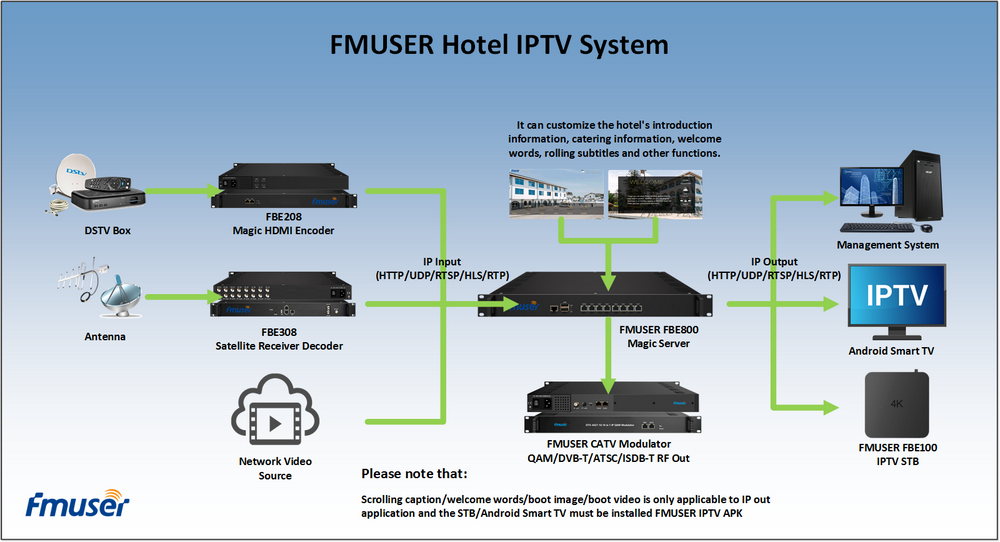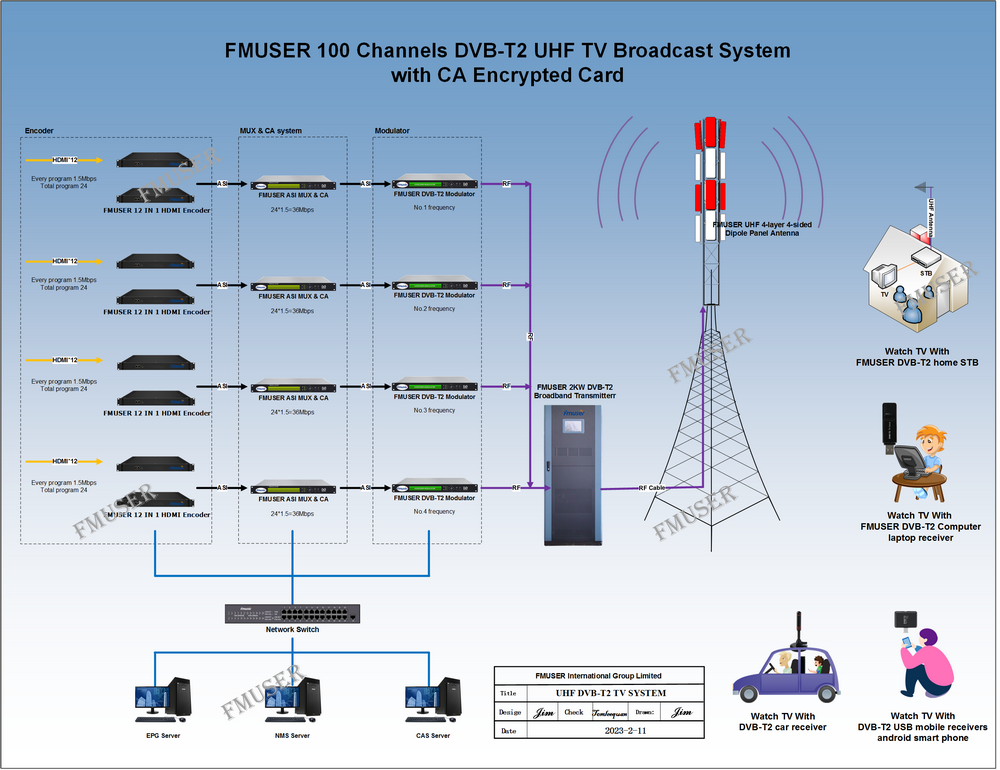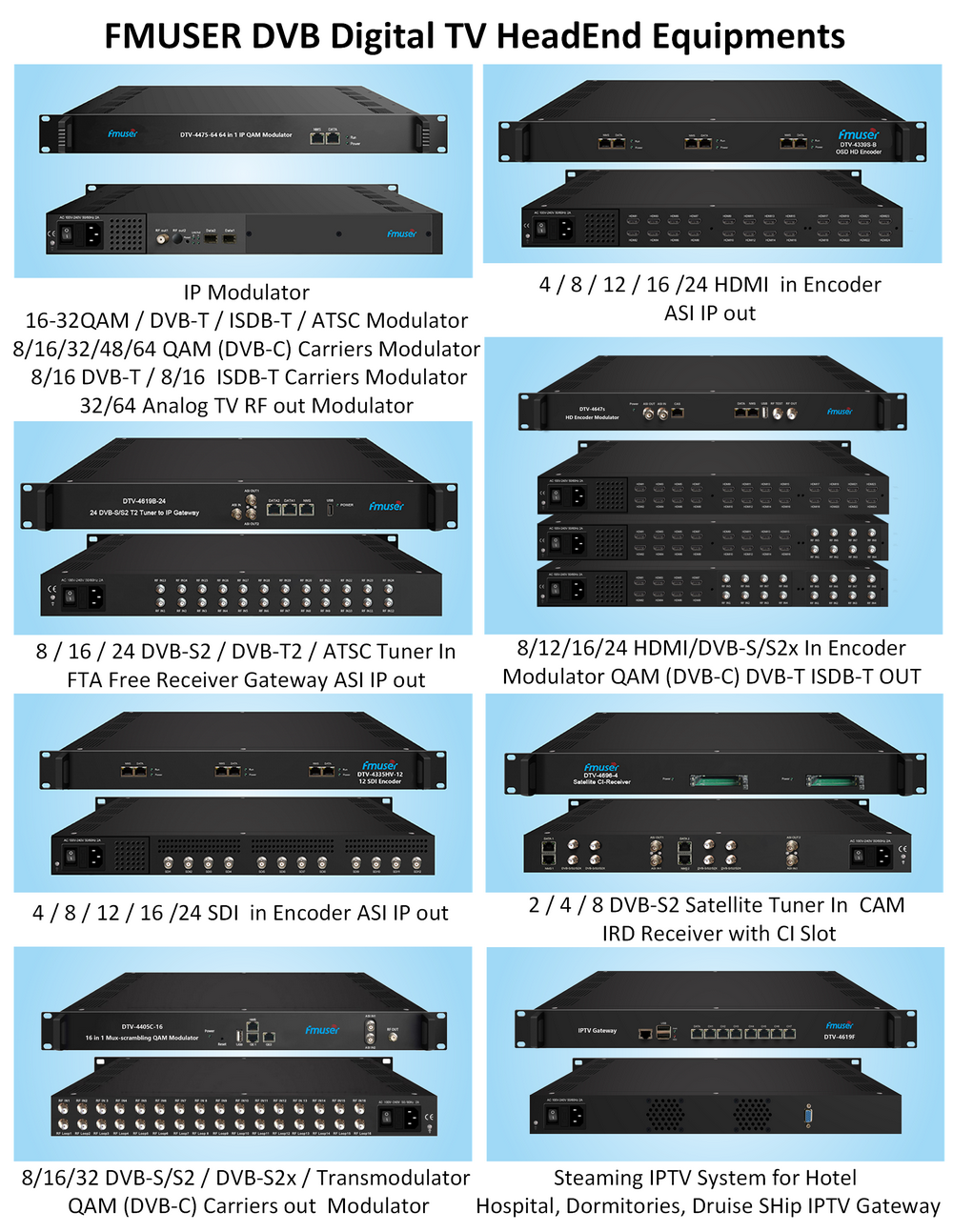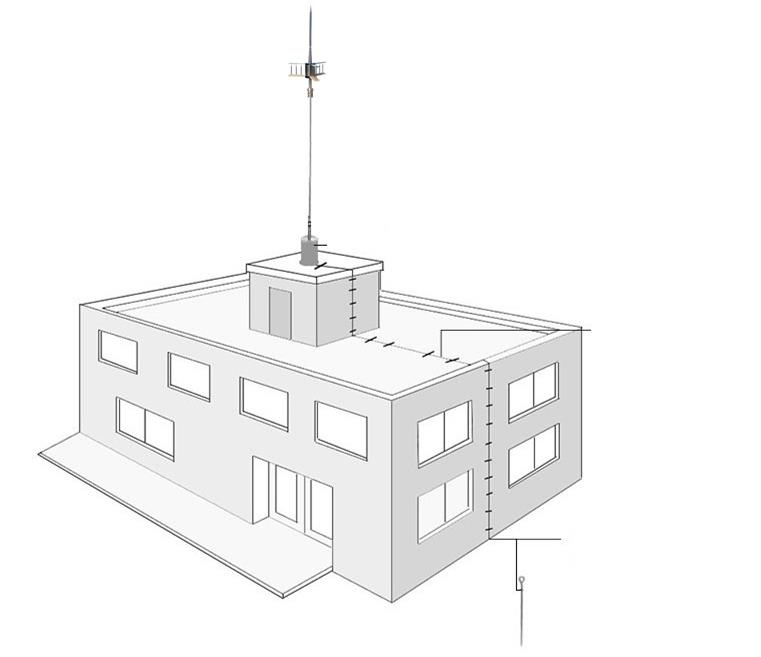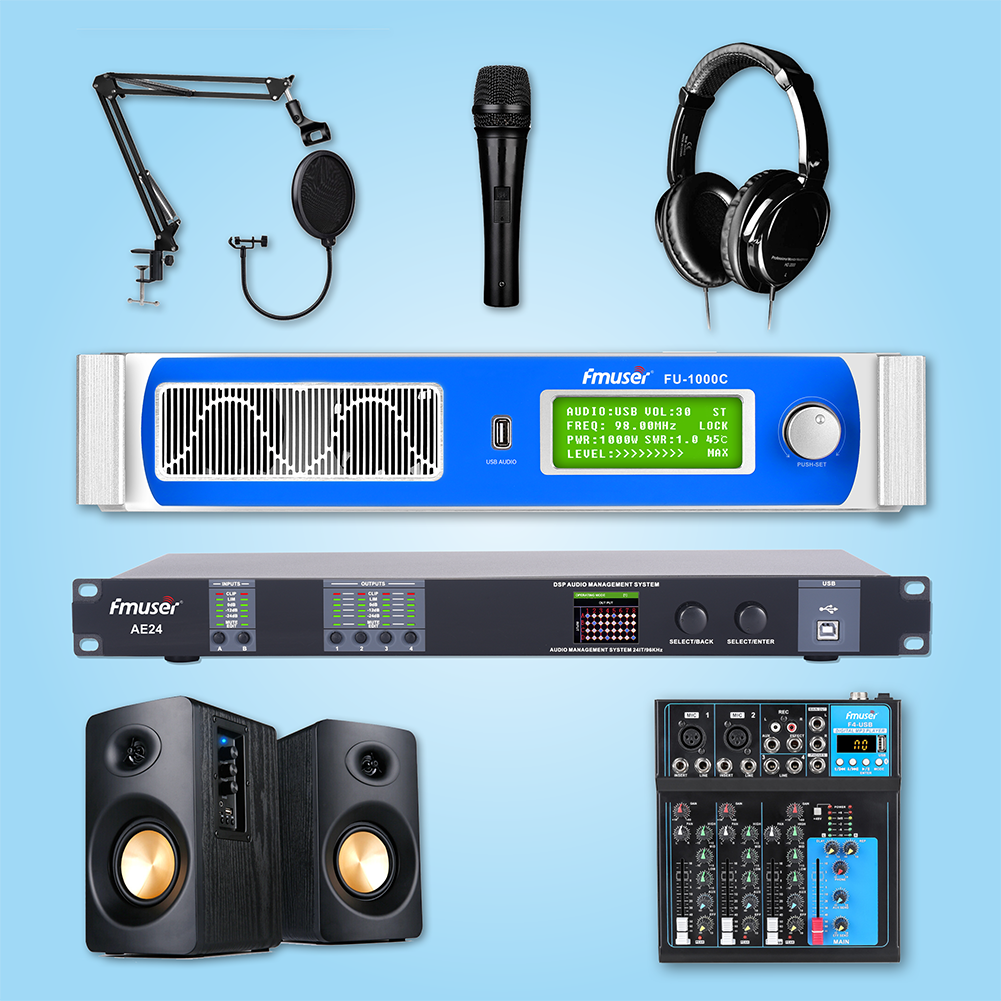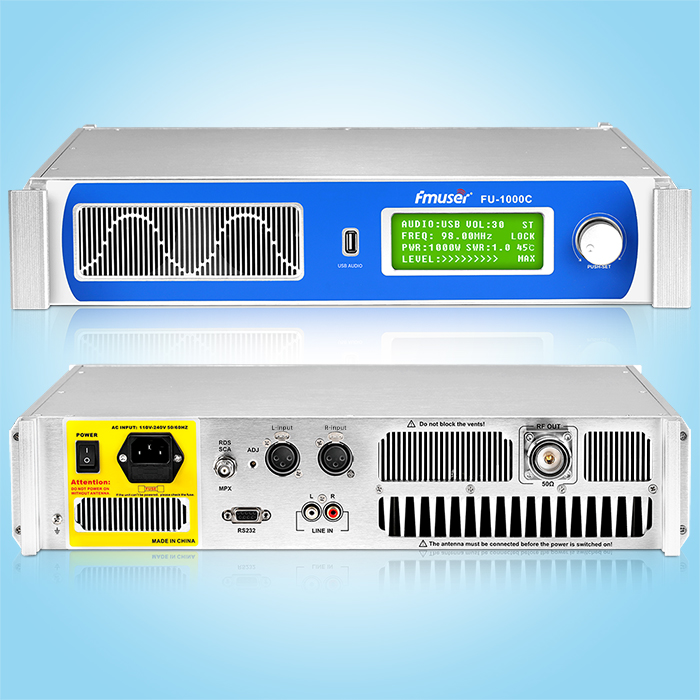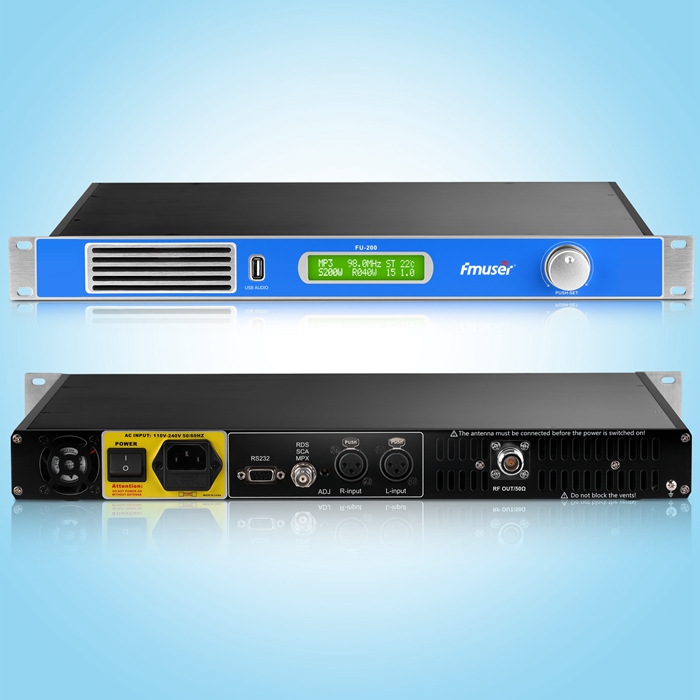The type of amplifier:
1, pureroa power amplifier
Also known as the Class A power amplifier (Class A), is a complete linear amplified form of amplifier. When the pureroa power amplifier is working, the positive and negative channels of the transistors are in a normally open state, which means that more power consumption is heat. The pureroa power amplifier is relatively rare in the application of car audio, like the Sinfoni high quality series of Italy has such power amplifiers. This is because the efficiency of the purellorellar power amplifier is very low, usually only 20-30%, and the sound enthusiasts are expressed in the sound of it.
2, B-class power amplifier
Also known as Class B power amplifier (Class B), is also known as linear amplifiers, but its working principle is completely different from the pureroa power amplifier. When Class B is in operation, the positive and negative channels of the transistor are typically closed, unless there is signal input, that is, when the signal of the forward phase, only the positive channel work, and the negative phase passage is closed, the two channels are absolutely Will not work at the same time, so there is no power loss in the part of the signal. However, when the positive and negative channel is turned off, it often produces span distortion, especially at a low level, so the Class B power amplifier is not a true high-fidel power amplifier. In actual applications, in fact, many car audio power amplifiers are class B power amplifiers because it is relatively high.
3, A-class power amplifier
The AB class power amplifier is also known as the AB class power amplifier (Class AB), which is a design that is compatible with the advantage of Class A and Class B. When there is no signal or signal very small, the positive and negative channels of the transistors are often opened, and the power is lost, but there is no severe A class. When the signal is a positive phase, the negative phase channel is still normally open before the signal becomes, but the signal is turned off. When the signal is negative, the work of the positive and negative channels is just opposite. The defect of the AB-class power amplifier is that it will produce cross-distortion, but it is better than the efficiency ratio and fidelity of it, and the AB class power is also the most widely used design in the current car audio. .
4, D power amplifier
Different Class D amplifiers are different from those of the A, B or AB amplifiers, and the working principle is based on the switching transistor, which can be fully turned on or completely closed within a very short period of time. Two transistors do not turn on the same time, so there is little heat. This type of amplifier is extremely high (about 90%), which can reach 100%, while the AB amplifier can only reach only 78.5%. However, on the other hand, the switch mode of operation also increases the distortion of the output signal. Class D amplifier circuits are divided into three levels: input switch level, power amplification level, and output filter grade. The Class D amplifier works in the switch state. Pulse width modulation (PWM) mode can be used. The audio input signal can be converted to a high frequency switch signal by using the PWM, and the audio signal is compared to the high frequency triangular wave. When the inverted phase voltage is higher than the same phase end voltage, the output is low; when the opposite end When the voltage is lower than the phase end voltage, the output is high.
In the D class amplifier, the output of the comparator is connected to the power amplifier circuit. The power amplifier circuit is replaced by a metal oxide field effect tube (MOSFET) replacing the bipolar transistor (BJT), which is because the former has a faster response time, thereby applies In high frequency mode of operation. Class D amplifiers require two MOSFETs that can be fully operated in a very short period of time in a very short period of time. When a MOSFET is fully turned on, its tube pressure drop is low; and when the MOSFET is completely closed, the current through the tube is zero. Two MOSFETs alternately operate in turnover speeds in turn-on and off states are very fast, and thus the efficiency is extremely high, and the heat generated is low, so the Class D amplifier does not require a large heat sink.
Class D power is also aimed in many other known methods, such as T-class, etc., which are deformed by Class D. In practical applications, until 1980, this switch type amplifier is rapidly developed due to the appearance of MOSFET. In the actual development process, although there is high efficiency, there is also high distortion, high noise, and poor damping factors. With the development of technology, this type of defect will be increasing, and it is estimated that the future D power amplifier will be more widely used in the field of car audio.
Several important parameters
1. Input sensitivity, refers to the desired time-input signal level, which is required to enlarge the source signal to sufficiently necessary conditions needed to advance the post-level amplifier.
2, harmonic distortion, this is an extremely important indicator of amplifiers, harmonic distortion is one of nonlinear distortion, it is caused by the nonlinear characteristics of the amplifier during operation, distortion results are new harmonics The component makes the sound lose the original sound, and the sound is broken, harsh. Harmonic distortion also has a wonderful and occasional division, and the wonderful harmonics will make people breathable, and they are easy to perceive. Some power amplifiers have heard people feel annoying, feel fatigue, is caused by distortion. The greater impact on the power is the distortion, and the high-fidelity requires harmonic distortion below 0.05%, the lower the better. In addition to harmonic distortion, there are intermodulated distortion, cross distortion, clipping distortion, transient distortion, phase distortion, etc., they are the culprit of the quality of amplifier. The advantages and disadvival of the assessment, first to see its distortion, the total harmonic distortion of Sinfoni amplifier in Italy is 0.01% or less.
3. Output power, power problem Most make car audio practitioners unclear, and need to know one by one here:
A, rated output power, called (RMS), said the audio signal output from the array is within the total harmonic distortion range, the larger power can be output. It is generally 0.707 times the peak of the AC signal.
B, the average power, the average power is generally referred to as the average power consumption of each frequency point, which is a bit similar to the rated output power, but it is generally referred to.
C, peak output power, larger music power output by amplifier is called peak output power, it does not consider distortion, usually 1.414 times the power of (RMS) power.
D, peak - peak power, it refers to the power of the peak value of the positive voltage peak to the negative voltage, which is four times the peak output power. Its appearance is that the manufacturer is out of business, and there is no practical meaning.
4, the signal to noise ratio, the better the value, generally used (S / N), indicating the divibration number of the ratio of the signal power PS and the noise power Pn, S / N = 10LGPS / PN = 20LGVS / VN (DB), In the formula Vs, Vn is signal voltage and noise voltage, respectively.
The signal-to-noise ratio is increased by the input signal level, the signal-to-noise ratio is gradually increased, but the signal to noise ratio remains unchanged when the input signal level reaches a certain value. According to the current high-fidelity requirements, the signal-to-noise ratio should reach 90dB or more, and imported high-quality amplifiers tend to reach 110-120 dB, and its performance is imagined. Some signal-to-noise ratio has an A-row-to-noise word, and ADPOR is the result of the noise signal after the weighted network, because people are not very sensitive to the noise of high and low frequency sections, so there is such a Rough way. Weigh noise is more intuitive represents the noise signal status that people actually feel. In short, the greater the signal to noise ratio, indicating that the noise in the signal is smaller, the better the magic, and the music is clear, clean and level.
5, frequency response, early commonly known power bandwidth, finger-harmonic distortion does not exceed the specified value, the 1/2 rated power band width of the power amplifier, that is, the frequency band included between the high and low ends falling -3dB, Credited by power bandwidth.
6, the damping coefficient, mainly for low frequencies, is the extremely important technical parameters that directly affect the low sound quality. As we all know, the larger the caliber of the speaker, the better the bass, the greater the sound, the greater the exercise inertia, this inertia makes it difficult to synchronize with audio signals, often showing the sound turbid, especially At 100-400 Hz low frequency, it is easy to cause sound and dyeing, which makes people feel blurry, very unnatural. Some of the bass horn of the modified car, the low frequency signal is strong, and the bass is severe, which is caused by the inertia of the soundtop.
In the amplifier design, engineers take some technical measures to power amplifiers, such as selecting multi-tube parallel, low internal resistance (m-class) high power tubes, improves operating voltage, selects excellent wire, etc., to increase damping coefficients, so that it can target speakers Inertial motion, generate "electrical resistance" action, synchronous motion with audio signals, so as to quickly return to zero (ie, central position) as quickly as possible, this blocking effect is the damping coefficient (Damp Factor), D = RS / RI, RS = speaker impedance, ri = power amplifier output internal resistance, D, the better the sound or signal synchronization, the less the bass is, the better the playback effect, the better .
7, the conversion rate, the conversion rate of the amplifier greatly affects the quality and performance of the treble reproduction. The faster the conversion rate, the preferred the high tone quality, the more accurately capture high frequency information that is slightly proofed. High quality amplifier can do ten to dozens of V / US, low-and medium-sized power amplifier is generally not marked, the value of this conversion rate is high, the design, the material is closely related, but it is not too high, too high will The supersonic signal that produces a 20kHz or more of the people who can't listen to it, not only has no effect on improving the sound quality, but it is easy to burn the treble horn. Read more
Our other product:


